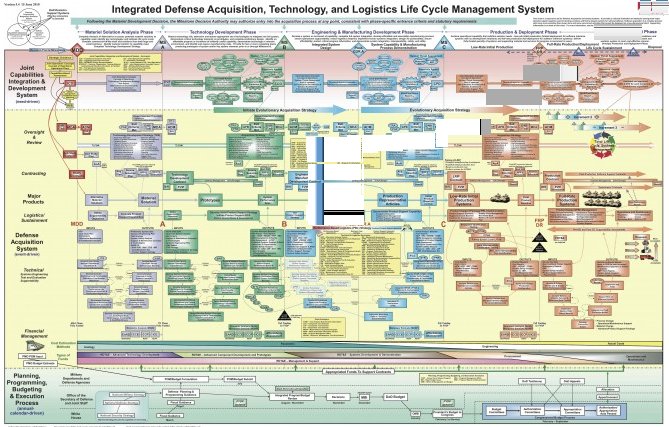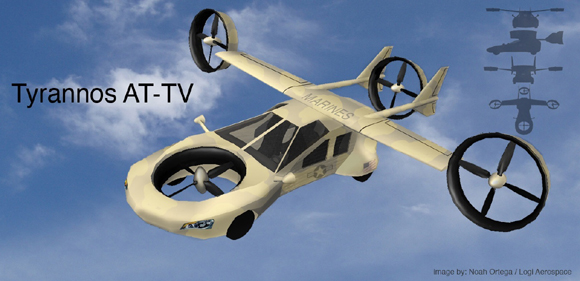Strategypage reports on an indoor shooting simulator:
The U.S. Marine Corps has saved over half a billion dollars in the last four years, by using indoor electronic firing ranges. IMST (Indoor Simulated Marksmanship Trainer) has cost over $200 million, but the savings in ammo, wear on weapons, and running outdoor ranges were much larger. Nearly 200,000 marines have undergone marksmanship training using IMST. Unlike the similar U.S. Army EST system, IMST is wireless. A special magazine contains gas that provides a realistic recoil and a wireless radio device connects the weapon to the targets displayed on the screen and records how accurate the electronic rounds were fired.
Devices like IMST and EST have boosted the shooting skills of troops, while reducing costs. This gives American riflemen a big battlefield advantage. In most armies, the troops rarely fire their rifles. Ammo is too expensive (given the meager military budget). When there is combat, the troops are issued bullets, which they fire very inaccurately. Against a better trained foe, this leads to quick defeat. Happens all the time. But now cash strapped armies can train their troops to be effective marksmen without spending a lot of money, by using simulators.
Sure beats the “simulation technology” we used in my militia days: we ran around yelling “Bang!” to simulate firing the bullets the military budget couldn’t afford to provide us with. Ah, the joys of Trudeau-era military experience.





